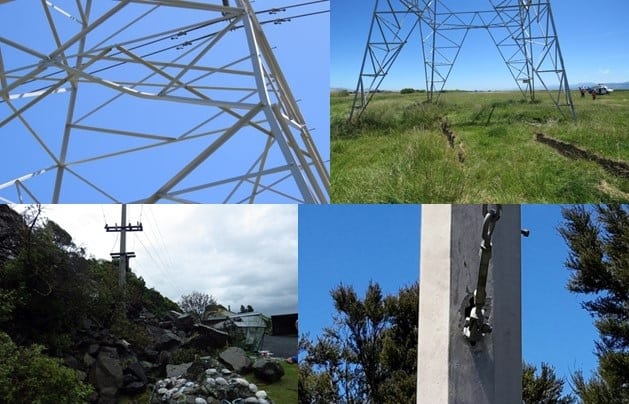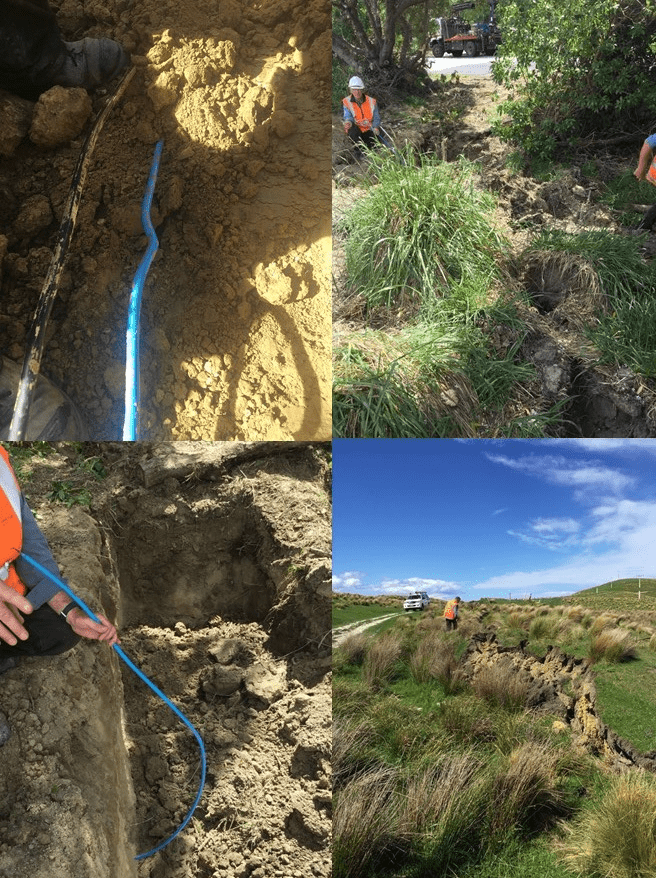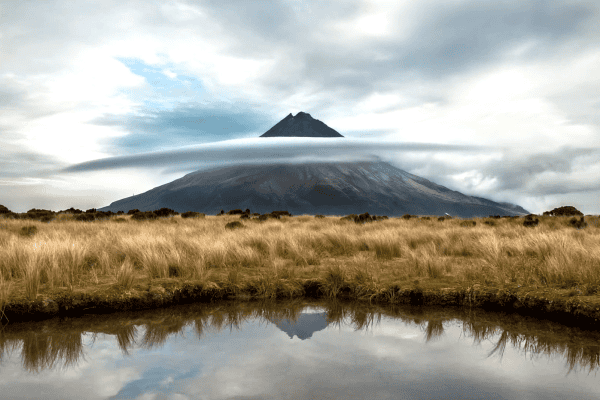How can we keep the lights on during and after a natural disaster?
15/03/2018
By Nirmal Nair and Andrew Austin
Switching on lights, charging phones, connecting to the internet and communicating with friends have become basic necessities of modern living. We assume that electricity required for these activities will be available when we want to use it. But what if an earthquake, storm or volcanic eruption hits and a blackout follows?
How do you get electricity?
Electricity is generated at power stations and is then ‘transported’ by transmission and distribution networks through overhead lines and cables to the end user. Substations are a key part of this system, as they have specialized equipment that establishes a consistent quality of electricity supply throughout the network. A simple overview of the structure of the power system is as shown below:

Before the event
Electricity is crucial in modern society and industry. Hazard events can impact electricity infrastructure and cause power outages, so it is important that we assess and build resilience in this area to reduce that impact where possible. This can be done through physical investment into pole/tower strengthening, substation elevation or line reconstruction and relocation, which typically involves millions of dollars of capital investment. Our existing electricity network providers currently benchmark their assets on reliability metrics, which focuses on the potential small scale events, but this does not effectively account for large-scale natural hazard events.
Dr. Yang Liu is developing new metrics to assess the resilience of power systems during natural hazard events. The metrics will assess the likelihood of different levels of damage to affected areas under various hazards. This will enable electricity network providers to figure out how resilient their existing system is, as well as where they should invest to improve that resilience. This will enable more effective post-disaster system functionality, including restoration of power after a hazard event. In addition, Liu is investigating how the existing reliability metrics are linked with the new resilience metrics.
Immediately after the event
Even if there is investment in the physical side of the power system, it is difficult to pinpoint the areas that are going to be affected by natural hazard events. There can be damage to power station equipment, transmission/distribution overhead line or underground cables and substation equipment. As a recent example, the 2016Kaikōura earthquake resulted in a range of equipment damage as shown in the images below. This damage and consequent power outages led to blackouts in multiple areas.


Images obtained from paper: Y. Liu, N. Nair, A. Renton and S. Wilson, “Impact of theKaikōura Earthquake on the Electrical Power System Infrastructure”,Bulletin of the New Zealand Society for Earthquake Engineering, vol. 50, no. 2, 2017.
Damage to different components and parts of the network means that blackouts may be unavoidable in some situations, and efforts should be geared towards the restoration of power as quickly as possible. As simple as this sounds, here are three scenarios that highlight some of the complex decisions that need to be made:
- A component in a transmission substation has been damaged and repairs are likely to span days or weeks. However, nearby there is a wind power plant or a small hydro power plant that cannot operate without the transmission grid being available because of regulatory requirements. Is it possible to use the generation nearby to temporarily supply electricity?
- There is a damaged pole that needs to be replaced before electricity can be supplied to your home but the access to your area has been hampered by a damaged road.Should this road be repaired before other roads in the area?
- A section of consumers are without electricity and the distribution company relies on the feedback from consumers to identify where repairs are needed.However, the communication mast and fibre network in that area have been severely damaged. Therefore, the consumers cannot relay information to the distribution company by their usual means.


From these scenarios, Duncan Maina, a PhD researcher at the University of Auckland, is seeking to examine the best same day restoration practices to ensure that the end user can be supplied with electricity with limited time and resources. He will also take into consideration the interdependencies among power, transport, communication and other lifeline infrastructure.
A few days to weeks after the event
Depending on the scale and severity of natural hazard events, electricity outages could last from a few hours to weeks or more. To reduce these outage times new methods of managing and operating the power system in an affected region can be used while repair is ongoing. An example of this is a micro-grid, which is a self-sufficient region with distributed energy sources within the broader power system.Distributed energy sources include small hydropower turbines, solar generators, wind turbines, bio-diesel, diesel and also energy storage systems such as batteries and electric vehicles (EVs) that are becoming prevalent in power distribution networks.

Figure obtained from: A. Gholami, F. Aminifar and M. Shahidehpour, “Front Lines Against the Darkness: Enhancing the Resilience of the Electricity Grid Through Microgrid Facilities,” inIEEE Electrification Magazine, vol. 4, no. 1, pp. 18-24, March 2016. doi: 10.1109/MELE.2015.2509879]
Infrastructure team PhD student Samad Shirzadi is exploring these new distributed energy processes, working closely with impacted distribution utilities.
To implement these new processes a robust communication system will be required. This part of the research is being undertaken Master’s student Farrukh Latif. Farrukh willl investigate how communication networks are affected following large scale natural disasters, and based on this research, develop and propose strategies to improve resilience. In particular, he will focus on electric-power grid control/monitoring communication networks during earthquake sequences.
Months after the event
Even after the power system has been brought back to normalcy and all levels of the network are operational, we need to monitor power network equipment that were in the regions affected by the natural hazard event but did not experience immediate damage. This is necessary as, for example, an underground cable might be functioning well after a disaster, but its rate of failure increases after the disaster. Ebad Rehman, a PhD researcher is analysing and investigating this phenomenon, which will help establish best practices of assessing long-term resilience of power infrastructure.
Conclusion
New Zealand electricity infrastructure has unique threats, and exploring these threats provides opportunities to reduce impacts from extreme natural hazards. In order to build resilience in this area we must maintain social awareness and consistent interdisciplinary cooperation between industry, academia and related governmental organizations.
This Resilience to Nature’s Challenges Infrastructure Toolbox group of projects works alongside the Resilience to Nature’s Challenges Rural Toolbox, Project AF8, QuakeCoRE and electricity/communication industry stakeholders. The research projects identified in this piece are being investigated and led by PI: Nirmal Nair and AI: Andrew Austin based at The University of Auckland.




